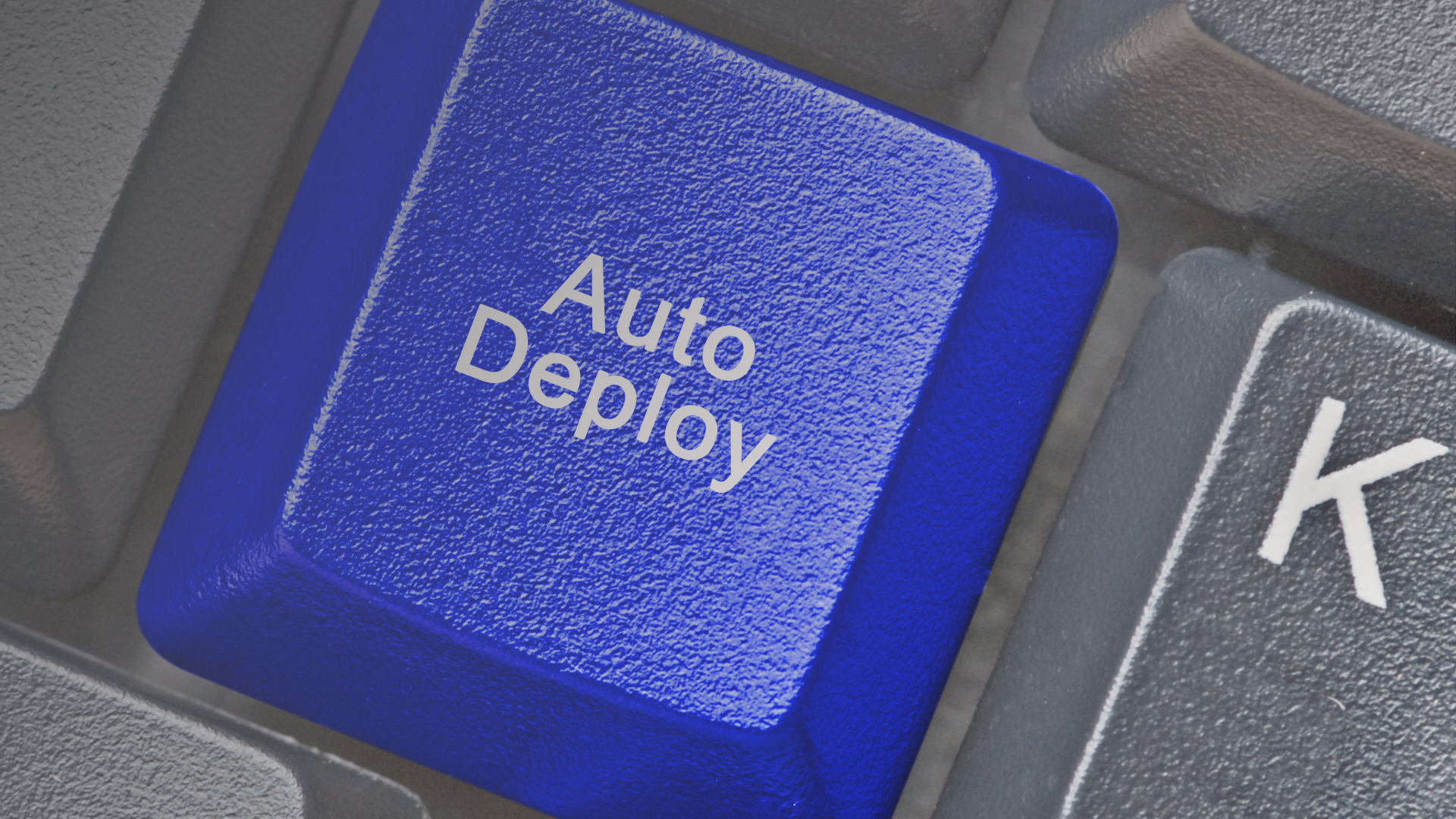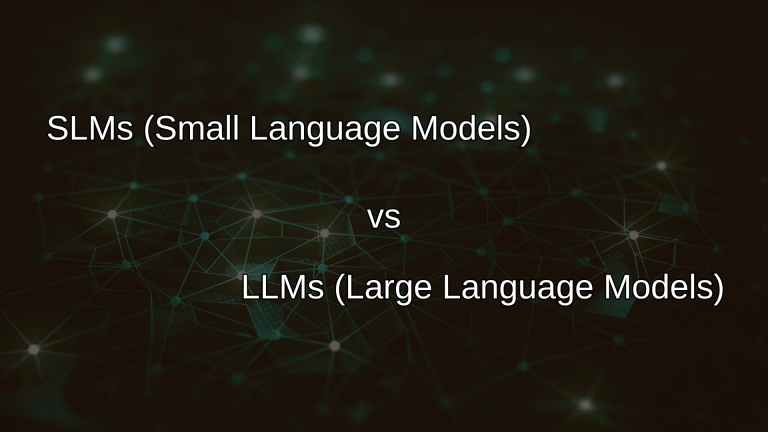CI/CD & Deployment Discipline: Engineering for Vibe Coders
When you’re building fast with AI and coding assistants, you may hit the “it works!” moment quickly. But shipping code is not the same as deploying robust software. Without discipline around Continuous Integration (CI), Continuous Deployment (CD), and deployment pipelines, prototypes often suffer from flaky builds, inconsistent environments, and production surprises.
In this article, we’ll explore the key practices of CI/CD and deployment discipline, and show how vibe coders can plan these practices before writing the first line of code.
1. Why CI/CD matters for vibe coders
Vibe coding emphasizes speed and iteration. That is powerful, until you try to make a change, extend a feature, or collaborate across versions. Without CI/CD:
- Your prototype may “run on my laptop but not in production.”
- You may have inconsistent environments (dev vs staging vs prod) causing bugs.
- Deployments may become manual, error-prone, or unrecoverable.
By adopting CI/CD early, you create repeatable, automated steps for building, testing, and deploying. That reduces risk and makes your prototype much more scalable and maintainable.
🟢 Pre-prototype habit:
Before coding, map out your intended build and deploy flow: where code lives (repo/branch), how builds are triggered, how environments differ, and how you roll back if something breaks.
2. Establish version control and branching strategy
Everything begins with version control. If your codebase is scattered, you lose track of changes, can’t roll back easily, and collaboration becomes chaotic.
Decide upfront:
- Which branch(es) you’ll use (e.g., “main” for production, “dev” for feature integration).
- How you’ll handle changes (feature branches, pull requests, code reviews).
- How you’ll tag releases and roll back if necessary.
By establishing a clear branching strategy, you reduce accidental overwrites, merge conflicts, and untested changes creeping into production.
🟢 Pre-prototype habit:
Set up your repository and define your branch structure before writing major features. Write your “branch to production” path in a README or doc so everyone knows how code flows.
3. Automate builds, tests and deployment pipelines
The heart of CI/CD is automation. Instead of manually uploading files, copying dependencies, or clicking deploy buttons, you want reproducible steps:
- Build: install dependencies, compile/transpile code, package artifacts.
- Test: run unit, integration, regression (whatever you planned earlier) and fail-fast on errors.
- Deploy: push to staging or production environments, perform migrations, apply configuration, monitor.
- Rollback: define what happens if a deployment fails, automatically or with a click.
The automated pipeline ensures that your code builds the same way every time, tests are enforced before deployment, and deployments are consistent.
🟢 Pre-prototype habit:
Draft your pipeline steps (build → test → deploy) in a document. Choose the CI/CD tool you’ll use (GitHub Actions, GitLab CI, CircleCI, or similar) and prepare one basic pipeline file before coding begins.
4. Environment parity & infrastructure as code
One of the biggest risks for prototypes is environment drift: your dev machine differs from production, configuration files differ, or infrastructure is manually changed.
To avoid this:
- Keep dev, staging, and production environments as similar as possible.
- Use Infrastructure as Code (IaC) techniques (Terraform, CloudFormation, Ansible) so environments are defined, versioned, and reproducible.
- Use config files and environment variables to manage differences (credentials, endpoints, feature flags) rather than hard-coding settings.
This discipline ensures that what you test in staging is what you deploy in production.
🟢 Pre-prototype habit:
Decide early where your environments will live (cloud account(s), regions, resource groups). Prepare a basic IaC script or template and a config file that defines dev vs staging vs prod differences.
5. Deploy safety measures: canaries, blue/green & rollbacks
Deployments carry risk. Even with tests passing, real-world anomalies happen. To increase your safety margin:
- Use canary or blue/green deployments so only a portion of traffic hits the new version initially.
- Monitor for errors, performance regressions, or user complaints before full rollout.
- Define automatic rollback triggers (failed tests in production, error rate threshold, latency spike).
- Maintain rollback scripts or use versioned artifacts that let you revert easily.
These measures turn your prototype into a resilient service and give you confidence when you scale up.
🟢 Pre-prototype habit:
Sketch your deployment strategy: will you release all at once or use canaries? Decide what metrics or conditions will trigger rollback. Write down how you will revert changes if things go wrong.
6. Quick pre-prototype checklist
| Checklist Item | Why It Matters |
|---|---|
| Define repo/branch strategy (main/dev/feature) | Ensures change history, collaboration, and rollback paths |
| Draft build → test → deploy pipeline | Automates critical steps, reduces human error |
| Use versioned infra and config for environments | Keeps dev, staging, prod aligned |
| Choose deployment strategy (canary, blue/green) | Reduces risk of new release impacting all users |
| Define metrics and rollback triggers | Enables safe monitoring and rollback |
| Document build and deploy steps | Makes onboarding and future changes smoother |
Closing note
CI/CD and deployment discipline are not obstacles to creativity. They are enablers of speed and resilience. For vibe coders building with AI, taking a few minutes before you build to plan your repo strategy, pipeline, environments, and rollback strategy will save hours, days, or even weeks of rework down the line.







